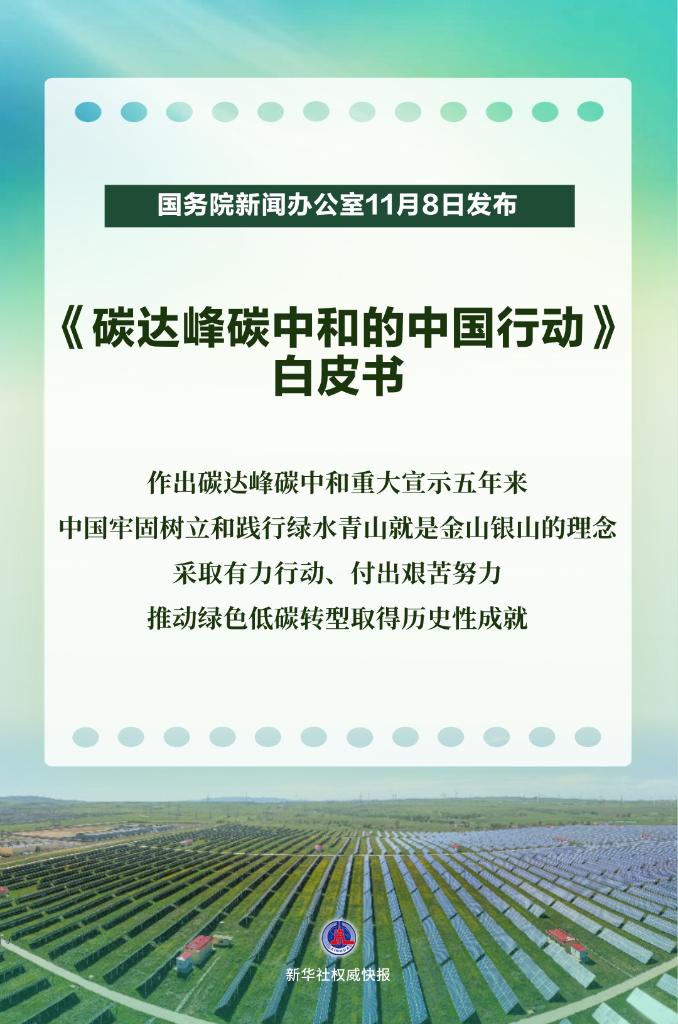CATTI-题库-真题-模拟-课程-直播
 天之聪教育
天之聪教育
 2013-06-25
2013-06-25
 天之聪教育
天之聪教育
 762次
762次

2013年5月CATTI三级笔译综合阅读第三篇
Opportunity is the crux of the American idea. Opportunity is what the New World has always represented: struggle, risk, self-determination, and the hope of spiritual and material progress. Even now, to new immigrants, that or something like it is the pull—and for them at least, it is no false promise. If you move to America, you move up, and this is true whether you are rafting across the Rio Grande or negotiating the hazards of the H1B visa program. British emigrants (I am one) are fond of Spain and the United States. They go to Spain to retire; they come here to rise to new challenges. This lure, barely diminished after more than three centuries, has ever been an incalculable source of national strength.
But is America any longer a land of opportunity for the people born here? The evidence, such as it is, points to a surprising and dispiriting answer: no, not especially.
The idea that America is exceptional in its material opportunities is deeply lodged in the culture. For as long as the country had a western frontier with territory beyond, internal migration was just as bold a venture as crossing the ocean had been for the first settlers, and just as promising for the ambitious and self-reliant. The late-19th and early-20th centuries brought extraordinarily rapid industrial development, which nourished the American idea in a new way. Rising incomes made each succeeding generation more prosperous—and they rose so fast that people even felt more prosperous. But that phase, too, has ended. Incomes are now rising more slowly from generation to generation (and for a variety of reasons, the flattening feels worse than it is). Fewer adults today, it seems, expect their children to do better than they did. Pessimism vies with vitality for command of the national consciousness.
Much of this, no doubt, is a natural consequence of growing old. New immigrants notwithstanding, America is a middle-aged country, and striving is not a trait of the middle-aged. Still, an accumulating body of research suggests that the stiffening of America’s socioeconomic sinews is more advanced than the culture, even now, seems willing to admit; worse than the scholars who monitor it had hitherto understood; and—how shaming is this?—worse than in many older, wearier countries.
The American model has been regarded as proposing a kind of bargain. This is not Europe: Here, idleness and incompetence are sternly punished—but merit gets rewarded. Much more than elsewhere, your class background will neither prop you up nor hold you back. If you deserve to succeed, you will.
It is an inspiring, energizing offer—and still a profoundly influential one. It colors the national debate about taxes, health care, and other aspects of economic policy. But it is false advertising.
Most researchers now give America much lower marks than they used to for intergenerational economic mobility—the ease with which successive generations move up or down relative to their parents. As flaws in early postwar studies have been addressed, estimates of mobility have fallen. Before the 1990s, researchers tended to put the correlation between parents’ incomes and their children’s at around 20 percent, implying a high degree of mobility between generations. (Zero would imply no connection at all; a correlation of 100 percent would imply that parents’ incomes entirely determined the incomes of their children.) In the 1990s, using better data and techniques, experts tended to put that figure at about 40 percent. Recent estimates run as high as 60 percent. The finding is not that mobility has fallen since World War II—the studies point to no clear trend. It is that as methods of measuring mobility have improved, the result, across a span of recent decades, has gotten worse. The earlier view that postwar America was an economically mobile society is less and less borne out. Perhaps it was once (before data became available to track such things accurately); but it isn’t now.
More telling, maybe, is the international comparison. America stands lower in the ranking of income mobility than most of the countries whose data allow the comparison, scoring worse than Canada, all of the Scandinavian countries, and possibly even Germany and Britain (the data are imperfect, and different studies give slightly different results).
Strikingly, the research suggests that mobility within America’s middle-income bands is similar to that in many other countries. The stickiness is at the top and the bottom. According to one much-cited study, for instance, more than 40 percent of American boys born into the poorest fifth of the population stay there; the figure for Britain is 30 percent, for Denmark just 25 percent. In America, more than in other advanced economies, poor children stay poor. Other data show that in America, more than in, say, Britain, rich children stay rich as well.
The findings are still tentative, and the causes complicated—hardly a firm basis for prescription. Still, if the government needed another reason to retain the estate tax (aside from the fact that it is one of the most economically efficient taxes), this might serve. In general, a little less tolerance of inherited privilege would not seem amiss (hard for Americans to hear from a Brit, I understand, but look at the facts). Would it hurt, for instance, if the admissions preferences granted by America’s most prestigious universities to the children of benefactors and alumni aroused more disgust, or maybe just some mild disapproval? Or if the richest Americans bequeathed less of their wealth to universities that patently have no need of it (Harvard’s endowment is more than $30 billion), and more to those that do?
Cleansing as such gestures might be, however, aiming to go further, and improve economic mobility with an all-fronts assault on income inequality, would be misconceived, even if it could command political support (which, for now at least, it could not). The sad truth is that such inequality serves a purpose. It spurs effort and ambition—provided, of course, that poor people, through their own skill and industry, can reach the higher tiers.
The real focus of any effort to restore social and economic opportunity in America ought to be ladders out of poverty. An especially good one already exists: the Earned Income Tax Credit. Its coverage should be wider and its terms more generous, but the principle is exactly right: Supplement the wages of the low-paid to reward work, discourage idleness, and relieve poverty. More fundamentally, America needs to improve its worst and poorest schools, which sharply delimit the prospects of many poor children. Education cannot do everything. But dismal school performance is the biggest problem that policy makers concerned with opportunity in America can fix. So far, it ranks low—or not at all—on the list of issues being addressed by the 2008 presidential candidates.
America has no roots in feudalism, no notion of inherited orders of society, no instinct for deference or regard for nobility. And yet the economic mobility that is thought to follow from such freedom, and indeed ought to follow from it, appears to be a myth. Myths that defy the common experience can persist for only so long. Perhaps in the future the country will try harder to foster the opportunity it thinks it already provides. Or perhaps the culture will simply come to accept this un-American reality: a society of rigid economic orders, maintained by inheritance, blessed by its elites, and impotently endured by its underclass.
2013年5月CATTI三级笔译综合完型原文
Water safety questioned
Meanwhile, YouTube videos, research studies and press releases continue to fly about another controversy — the health and safety of tap vs. bottled water.
Each side argues over which water is more highly regulated. The Environmental Protection Agency oversees tap water while the Food & Drug Administration examines bottled water, so they’re handled differently.
“For the last 10 to 15 years, bottled water companies have been marketing that theirs was safer and healthier than tap water,” said Patti Lynn, campaign director at the environmental group Corporate Accountability International. She said the marketing undermined consumer confidence in tap water as well as necessary public investments needed to maintain public water systems, which face a $24 billion gap in funding.
So environmental groups have been making their case against bottled water on safety. Last year, the Environmental Working Group looked at 10 brands of bottled water and found that bottled water can contain complex mixtures of industrial chemicals never tested for safety, and may be no cleaner than tap water.
Bottled water companies defend their water and claim they are highly regulated by the FDA. Industry Web site BottledWaterMatters.com reports that bottled water is tested 30 times more often than tap water and that the Centers for Disease Control attributes more than 19 million illnesses to tap and none to bottled water.
Congress held hearings on safety regulation of bottled water over the summer, and the Government Accountability Office issued a report that revealed current FDA rules don’t require certified laboratories for water testing of bottled water nor public disclosure of quality and contaminants found in bottled water as EPA rules do for tap water.
挖空为位置不太准确,大家先对一下答案,知道的可以补充一下,谢谢

 点赞(0)
点赞(0)

 收藏
收藏

军控、裁军与防扩散,寄托着人类铸剑为犁、干戈载戢的美好夙愿,承载着降低战争风险、消除安全赤字、促进世界和平的重要使命,关乎全球战略安全与人类共同福祉,日益成为国际社会共同期待。
国新办 2025-12-03 08:43:20
 收藏资讯
收藏资讯

今年是中国人民抗日战争暨世界反法西斯战争胜利和联合国成立80周年。在这一关键历史节点,习近平总书记胸怀人类前途命运、把握时代进步潮流,在“上海合作组织+”会议上郑重提出全球治理倡议,为解答“构建什么样的全球治理体系、如何改革完善全球治理”的时代命题亮明了中国方案。
外交部 2025-11-13 09:12:08
 收藏资讯
收藏资讯

地球是人类赖以生存的家园,应对气候变化、推动可持续发展关系人类前途和未来。人类进入工业文明时代以来,在创造巨大物质财富的同时,也加速了对自然资源的攫取,打破了地球生态系统平衡,人与自然深层次矛盾逐步凸显。近年来,气候变化不利影响日益显现,全球行动紧迫性持续上升。
国新办 2025-11-12 10:02:52
 收藏资讯
收藏资讯

First of all, I have the honor to convey the best wishes from President Xi Jinping to Brazil for hosting this Summit. President Xi Jinping highly commends the important contributions made by the Brazilian Presidency to global climate governance, and wishe
新华网 2025-11-12 10:00:23
 收藏资讯
收藏资讯